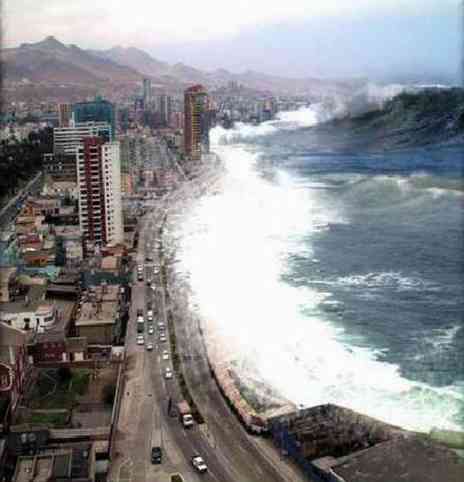
Water for Millions at Risk
· Crisis threatens parts of South America and Asia
· Decline accelerates as global warming takes hold
David Adam, environment correspondent
Wednesday October 11, 2006
The Guardian
Georg Kaser, a glaciologist at the University of Innsbruck, Austria, who led the research, said: "The glaciers are going to melt and melt until they are all gone. There are not any glaciers getting bigger any more."
Loss of land-based ice is one of the clearest signals of global temperature rise, and the state of glaciers has become a key argument in the debate over climate change. Last year, New Scientist magazine published a letter from the television botanist David Bellamy, a renowned climate sceptic, which claimed that 555 of 625 glaciers measured by the World Glacier Monitoring Service have been growing since 1980. His claim was quickly discredited, but the perception that glaciers are both growing and shrinking remains.
Dr Kaser said that "99.99% of all glaciers" were now shrinking. Increased winter snowfall meant that a few, most notably in New Zealand and Norway, got bigger during the 1990s, he said, but a succession of very warm summers since then had reversed the trend. His team combined different sets of measurements which used stakes and holes drilled into the ice to record the change in mass of more than 300 glaciers since the 1940s. They extrapolated these results to cover thousands of smaller and remote glaciers not directly surveyed.
The results revealed that the world's glaciers and ice caps - defined as all land-based ice except the mighty Greenland and West Antarctic ice sheets - began to shrink far more quickly in 2001. On average, the world's glaciers and ice caps lost enough water between 1961 and 1990 to raise global sea levels by 0.35-0.4 mm each year. For 2001-2004, the figure rose to 0.8-1mm each year.
Writing in the journal Geophysical Research Letters, the scientists say: "Late 20th century glacier wastage is essentially a response to post-1970 global warming." Dr Kaser said: "There is very, very strong evidence that this is down to human-caused changes in the atmosphere."
Emissions of greenhouse gases such as carbon dioxide trap heat in the atmosphere, warming the surface. One of the first impacts of glacier melting is likely to be in South America. In August, a report from 20 UK-based environment and development groups warned that Andean glaciers are melting so fast that some are expected to disappear within 15-25 years.
This would deny major cities water supplies and put populations and food supplies at risk in Colombia, Peru, Chile, Venezuela, Ecuador, Argentina and Bolivia.
Other countries are noticing the effects. Studies show snow and ice cover in the eastern Himalayas has shrunk by about 30% since the 1970s. Melting glaciers have created lakes in the mountains which could burst and cause widespread flooding. Of 150 glaciers that once stood in Glacier National Park in the northern US, only 27 remain. The US Environmental Protection Agency says the biggest are a third the size they were in 1850. Continued warming could melt them completely by 2030.

No comments:
Post a Comment